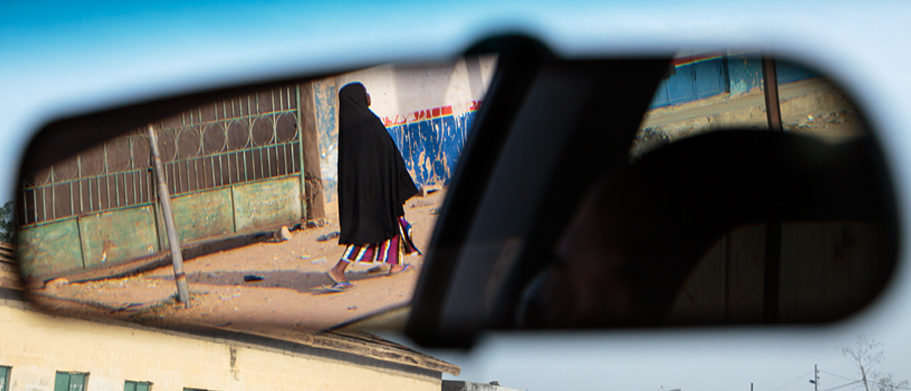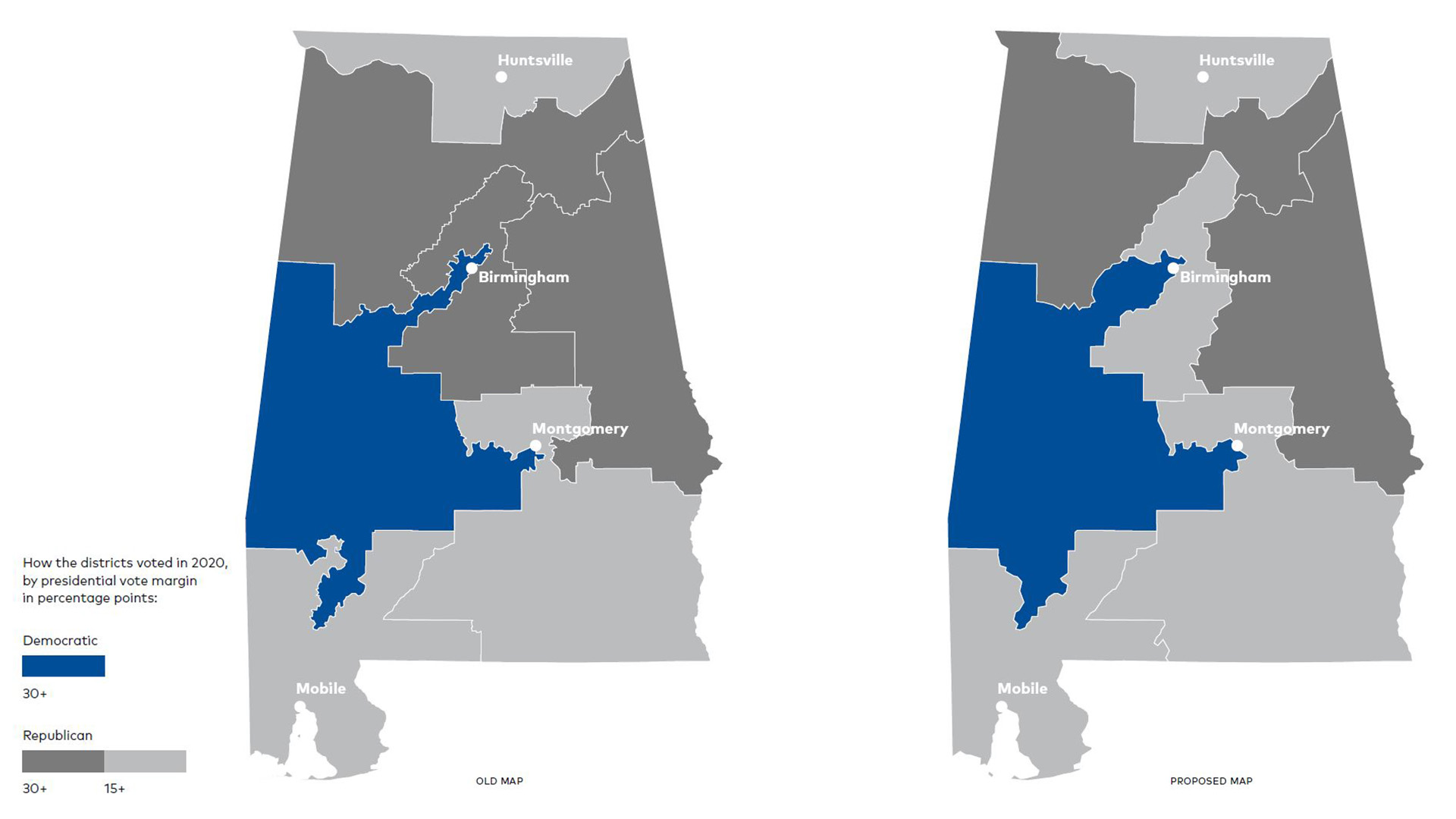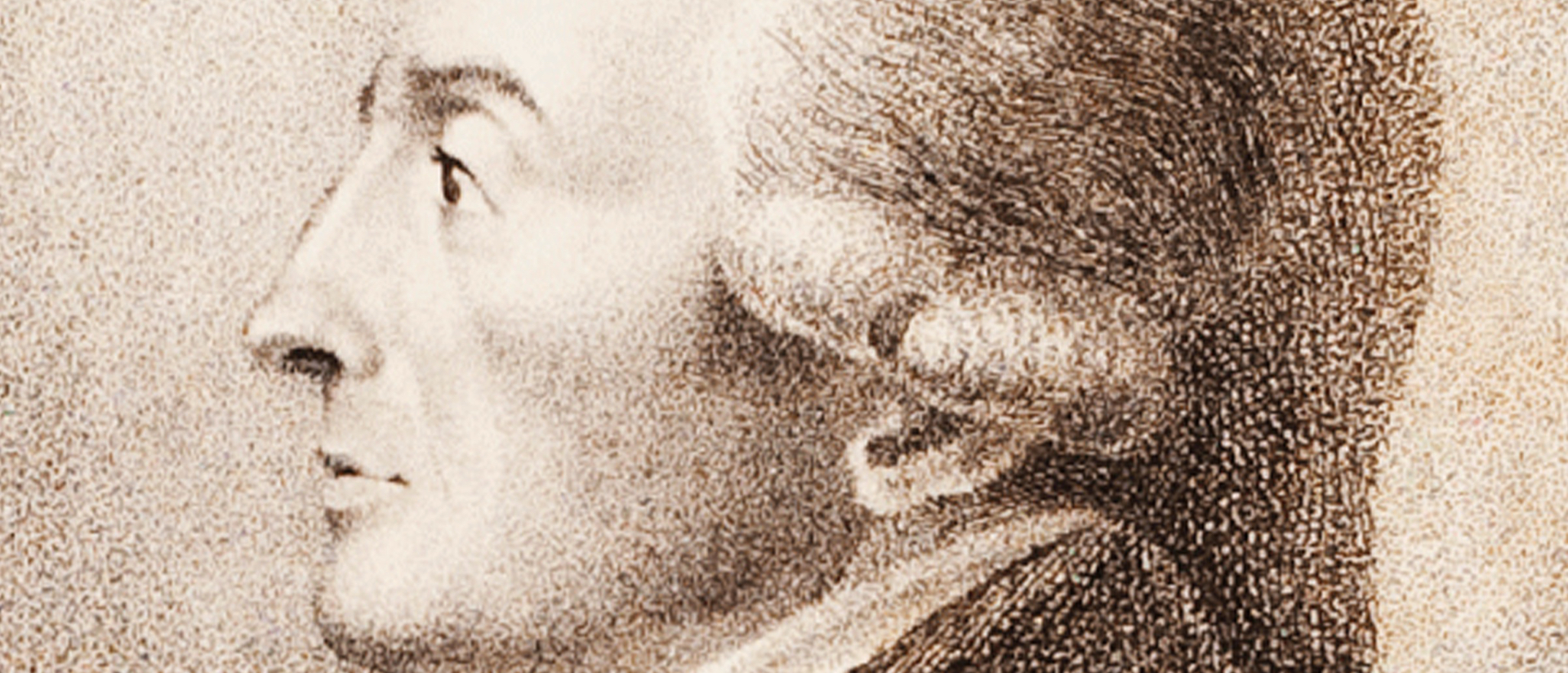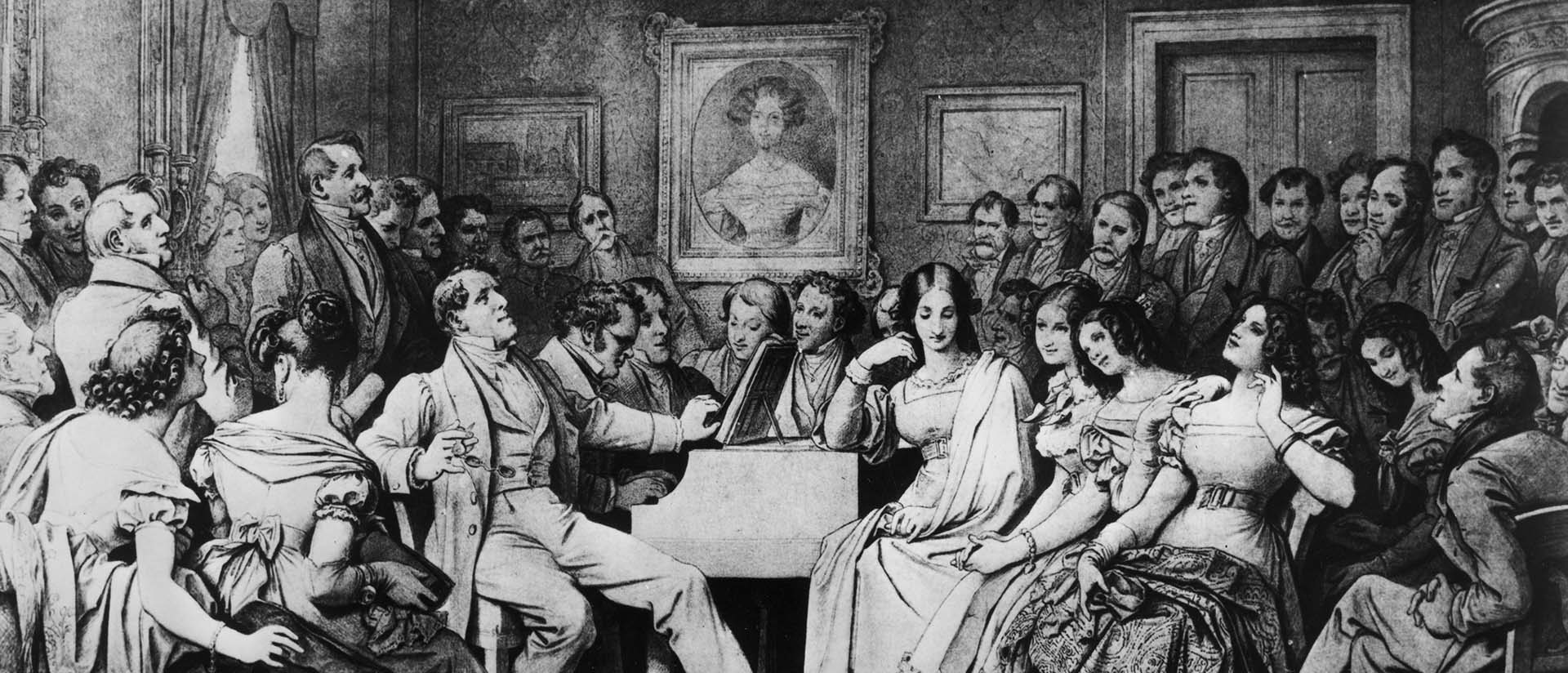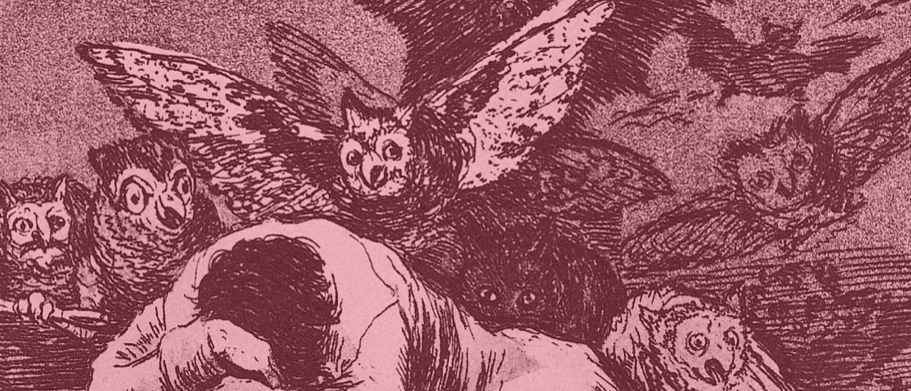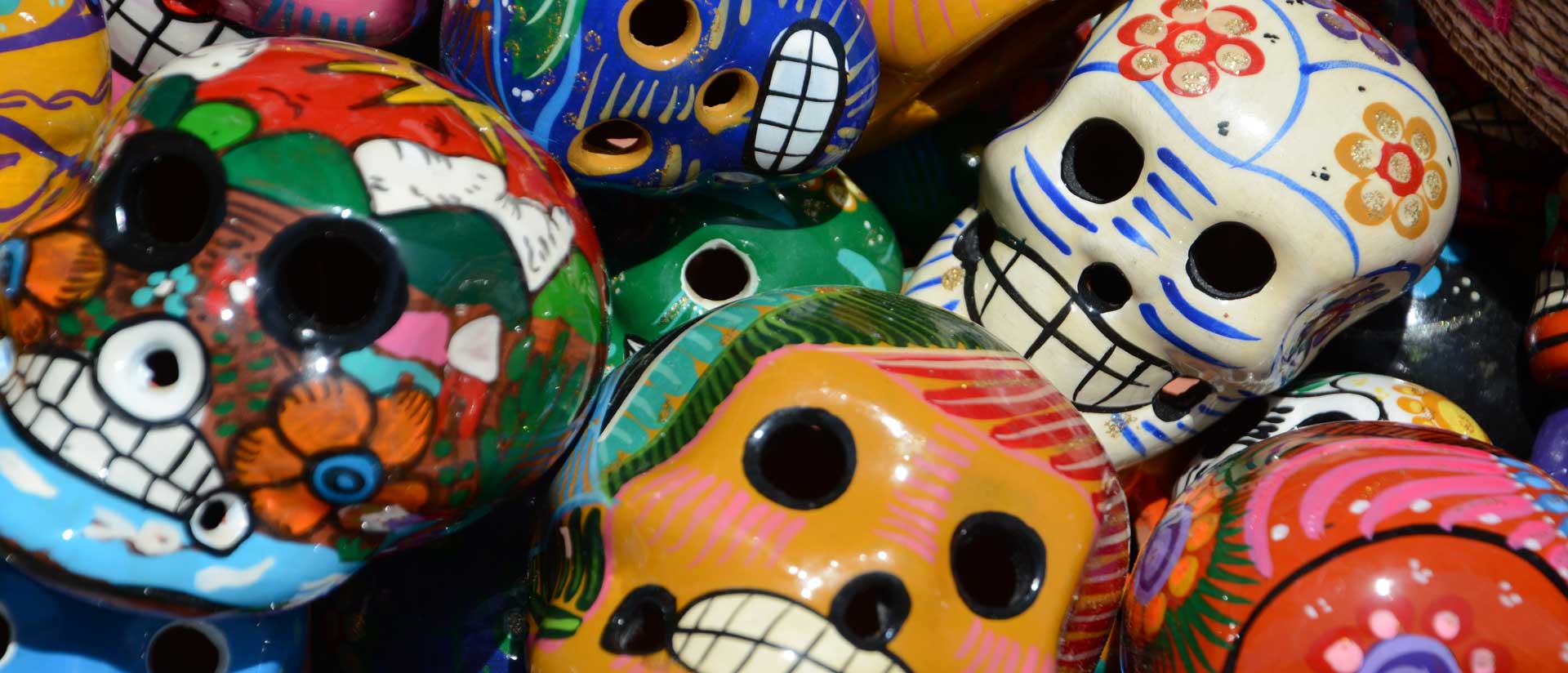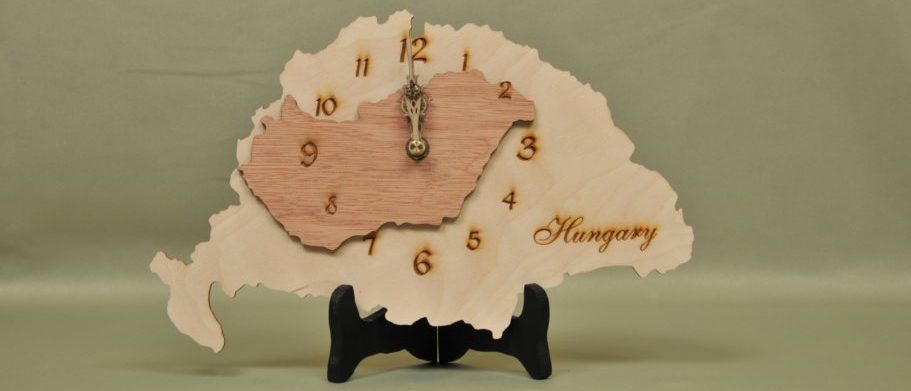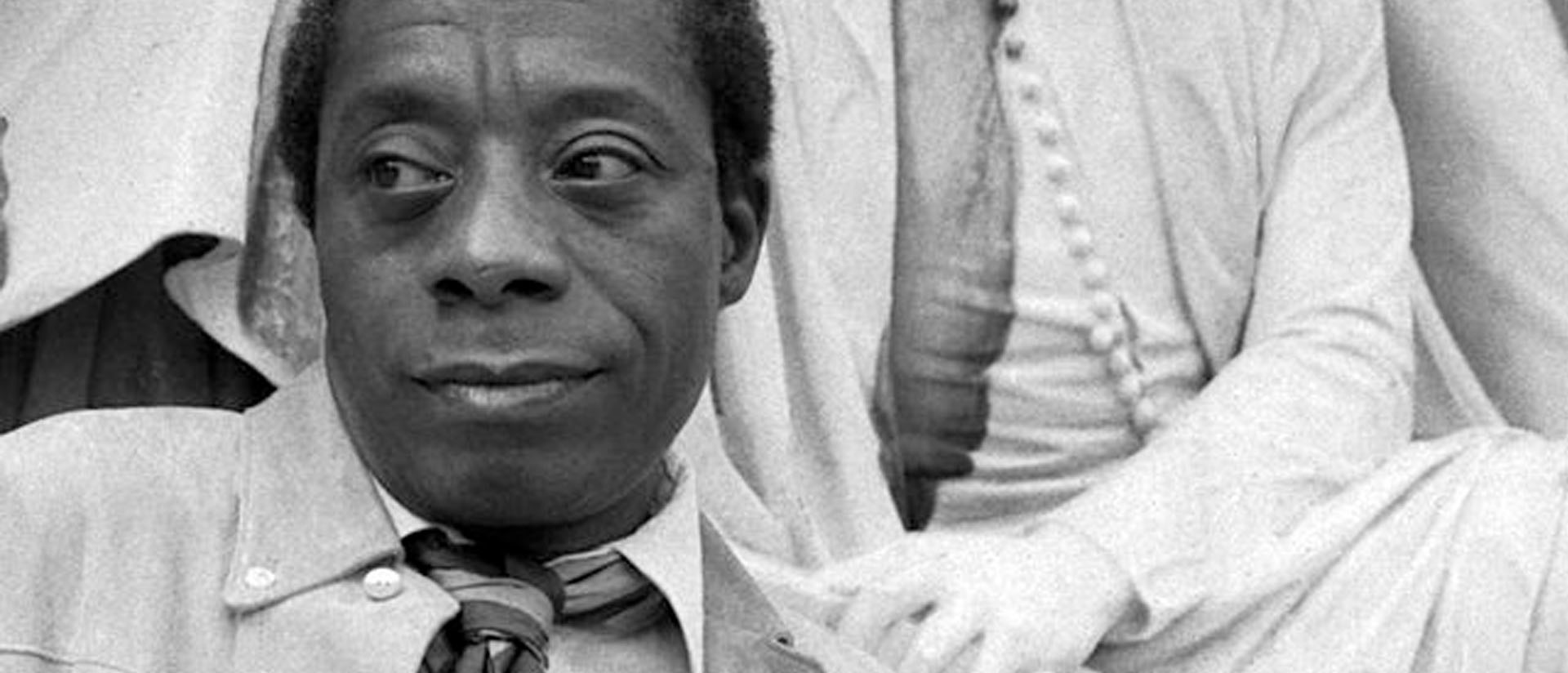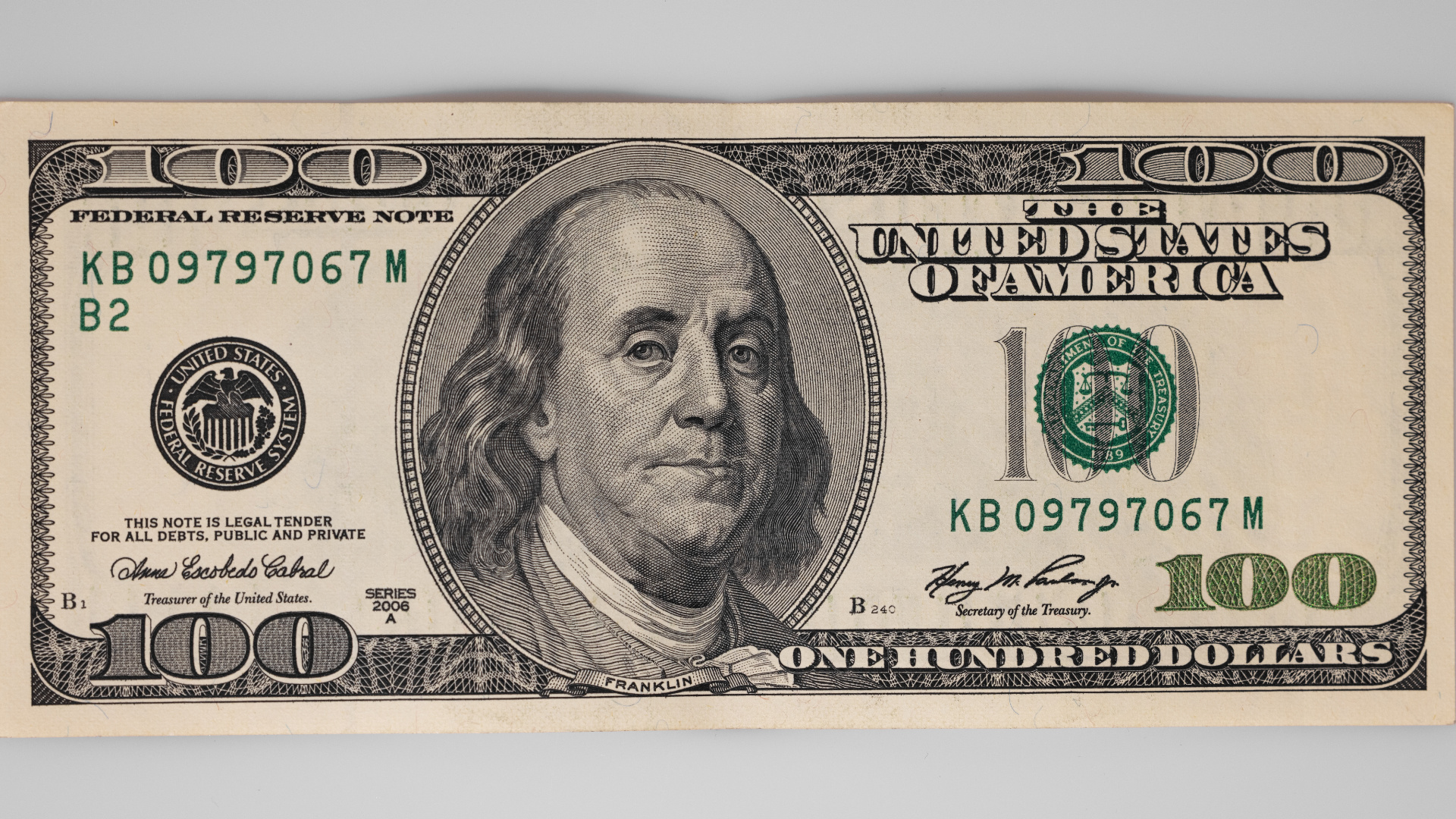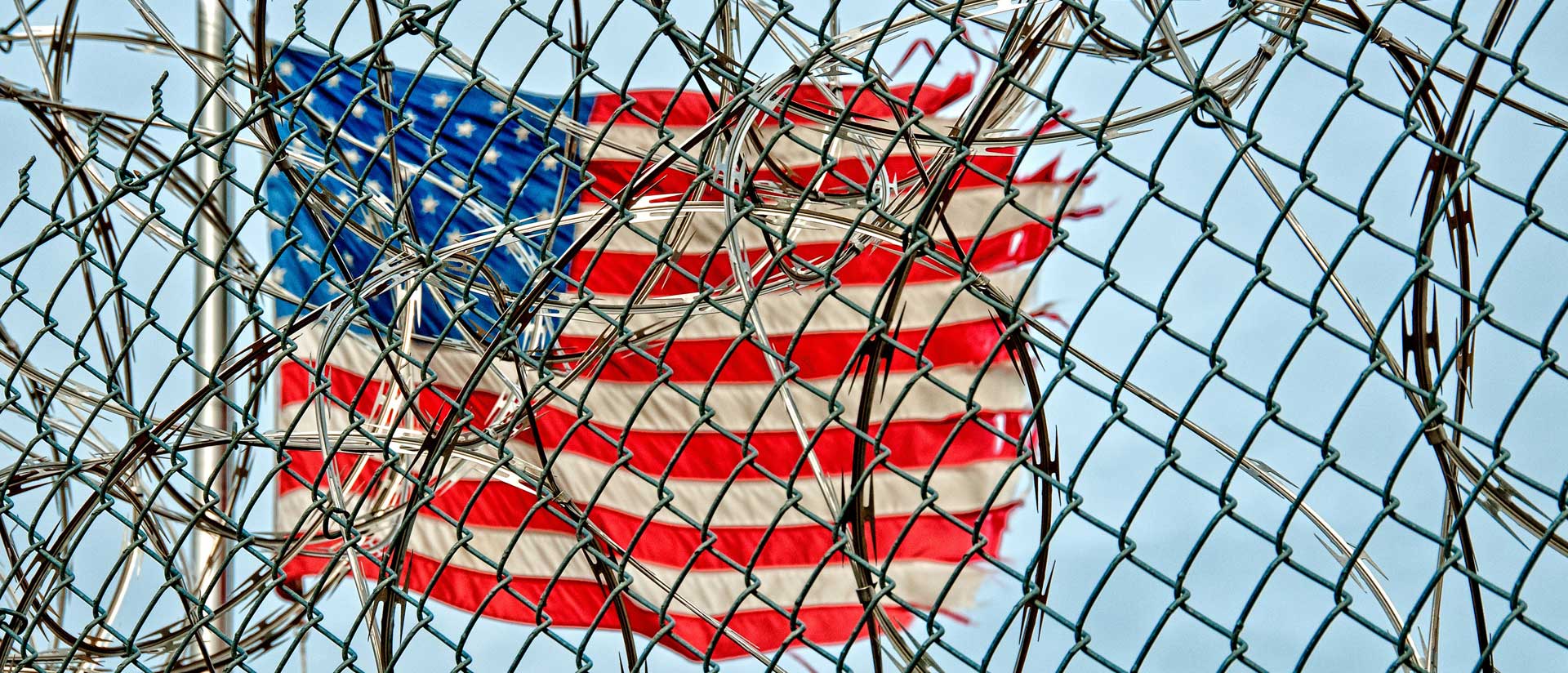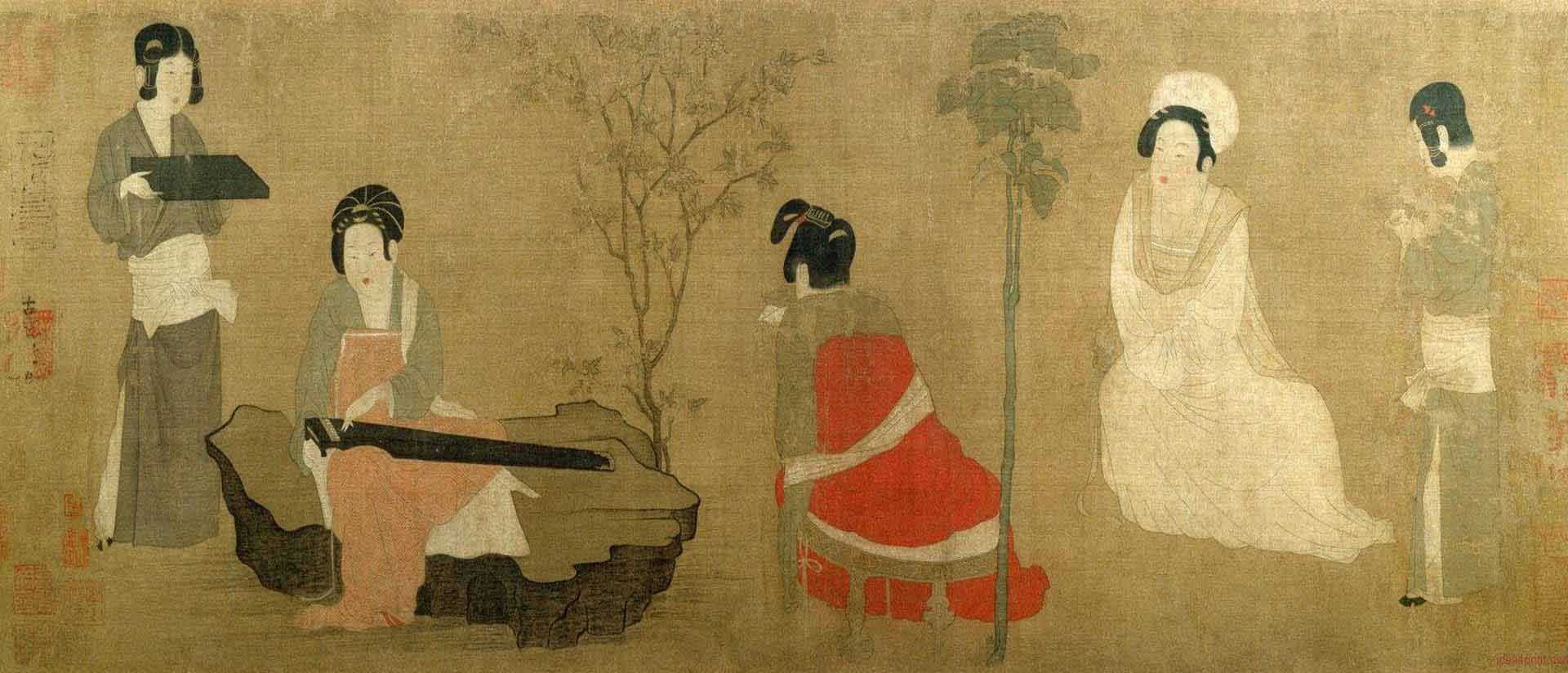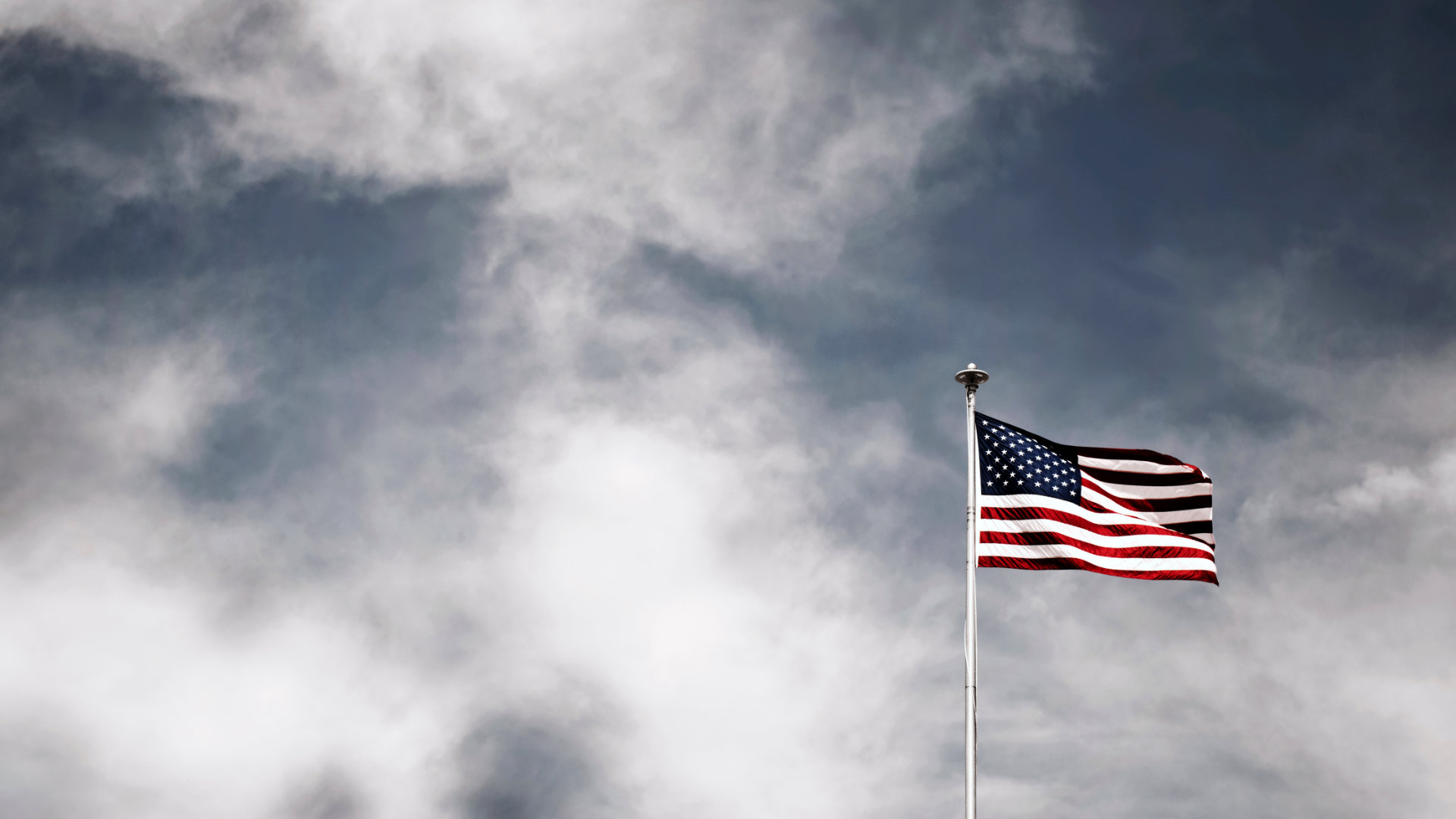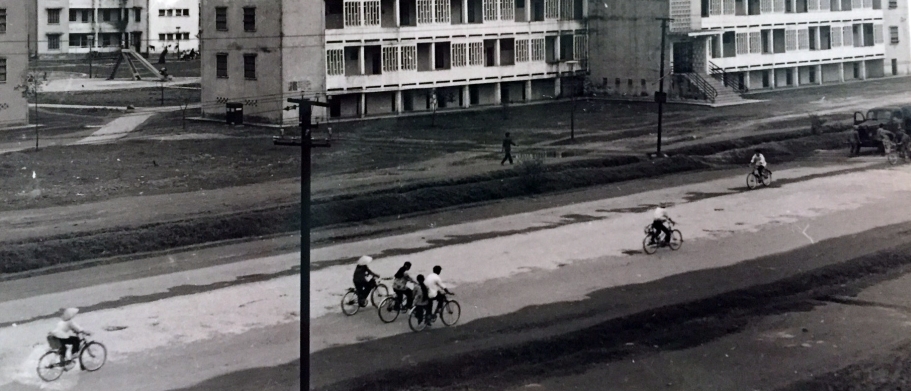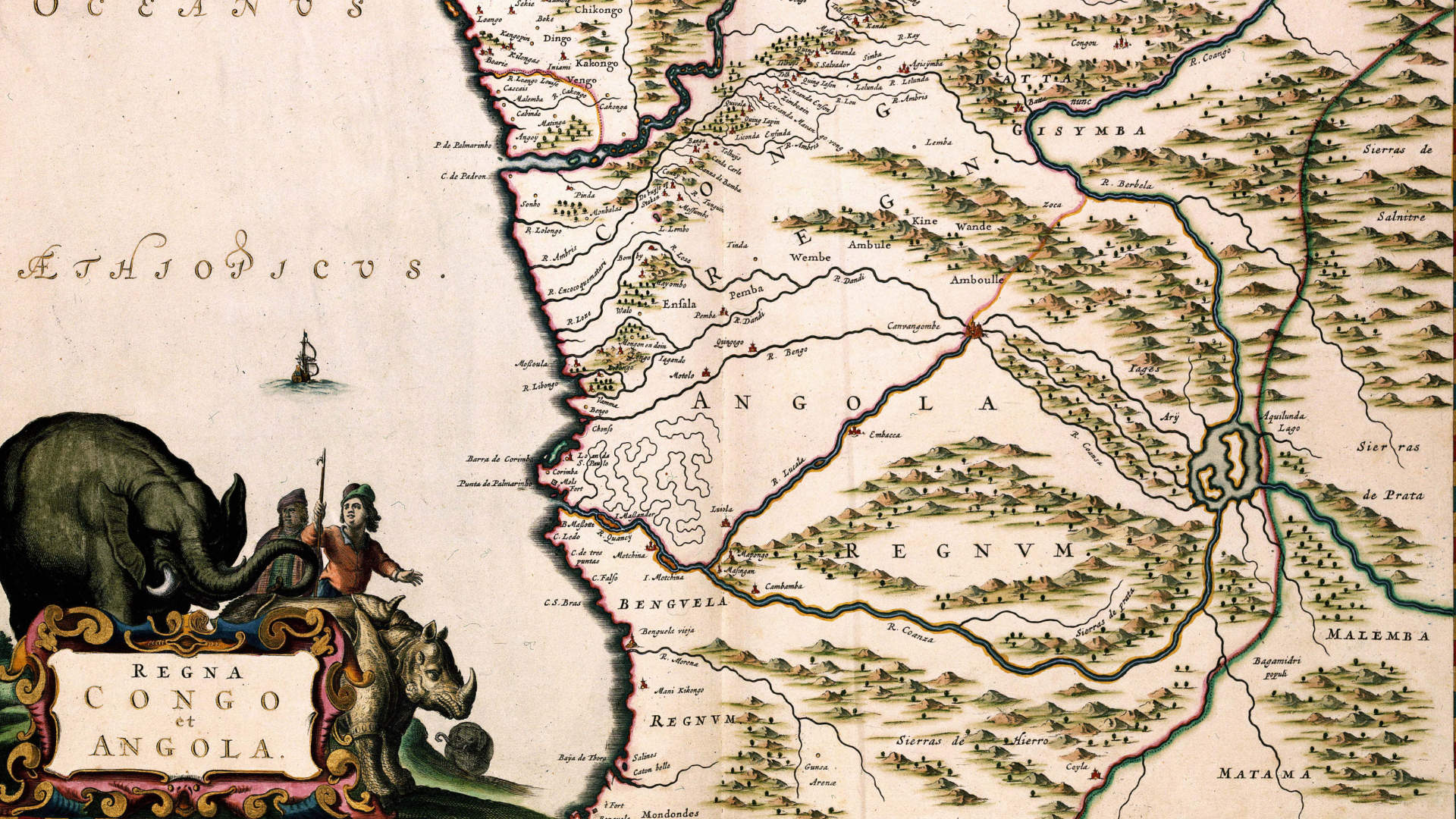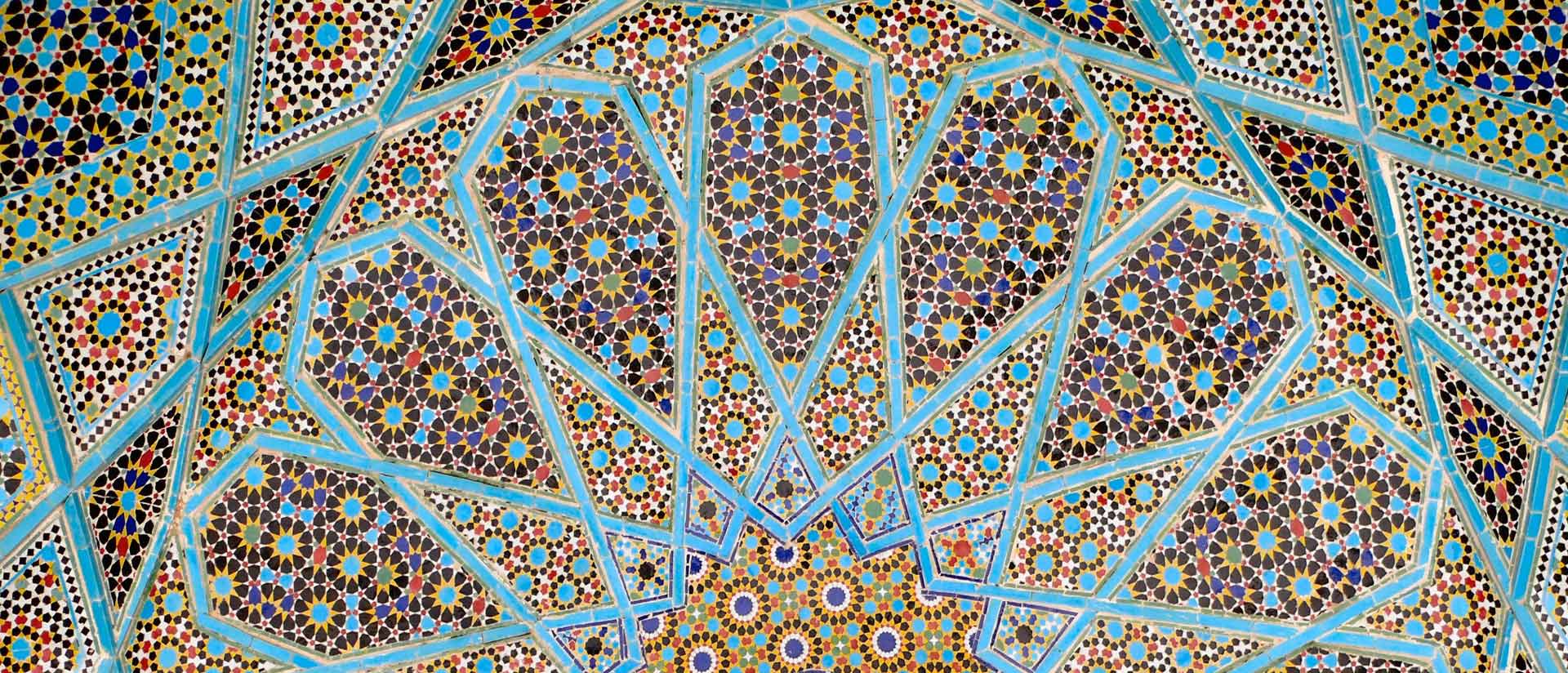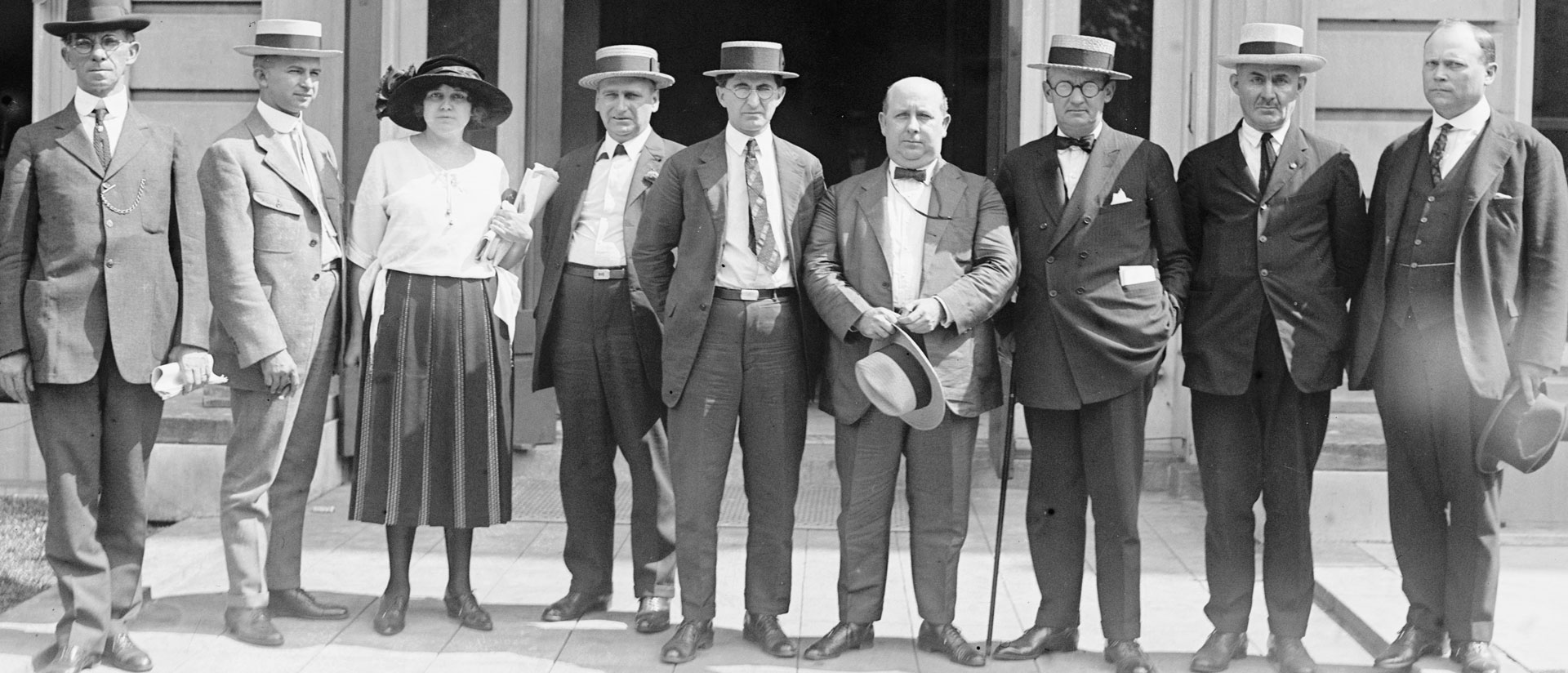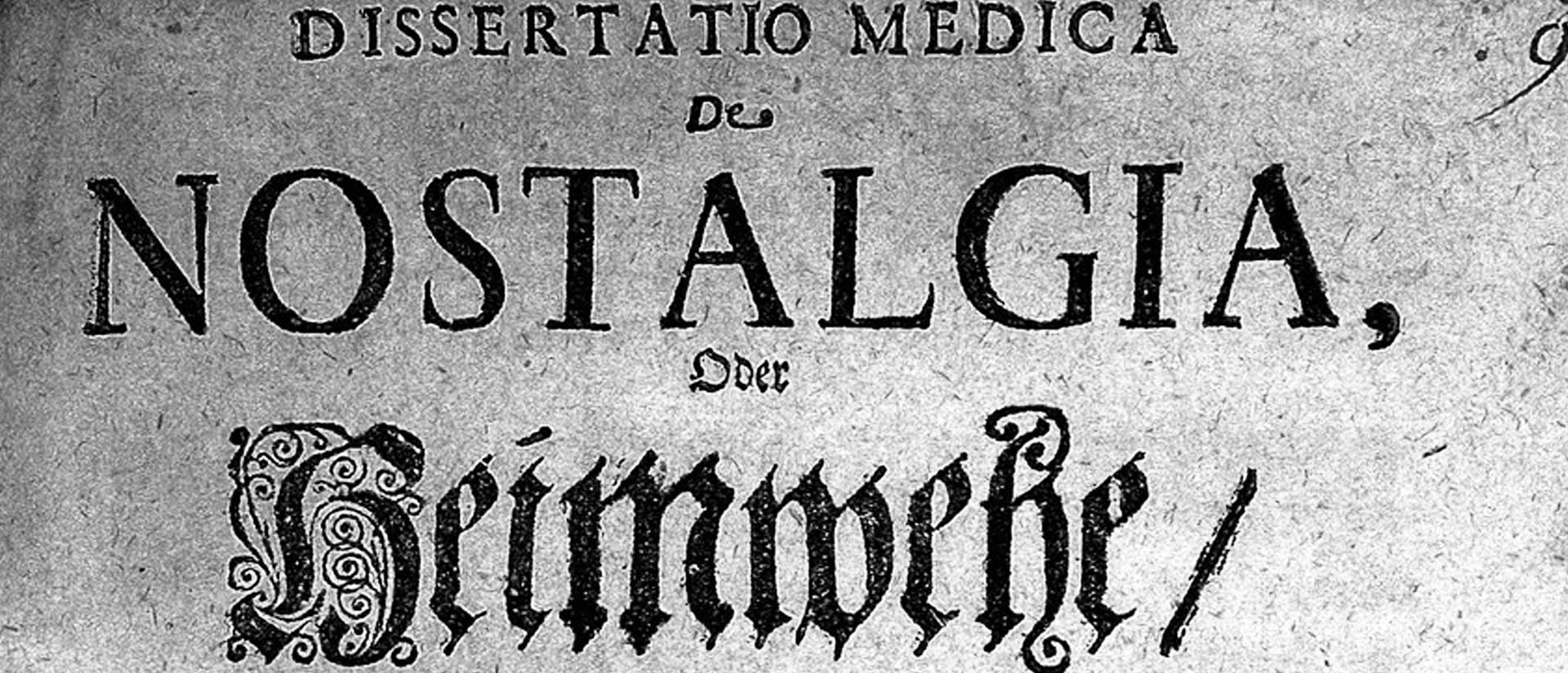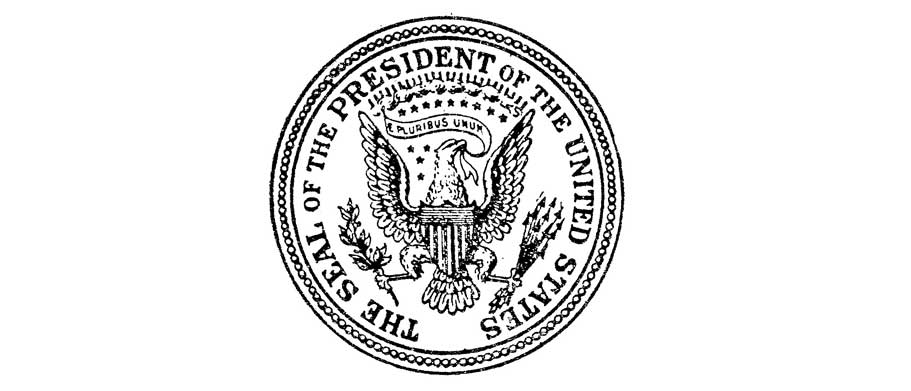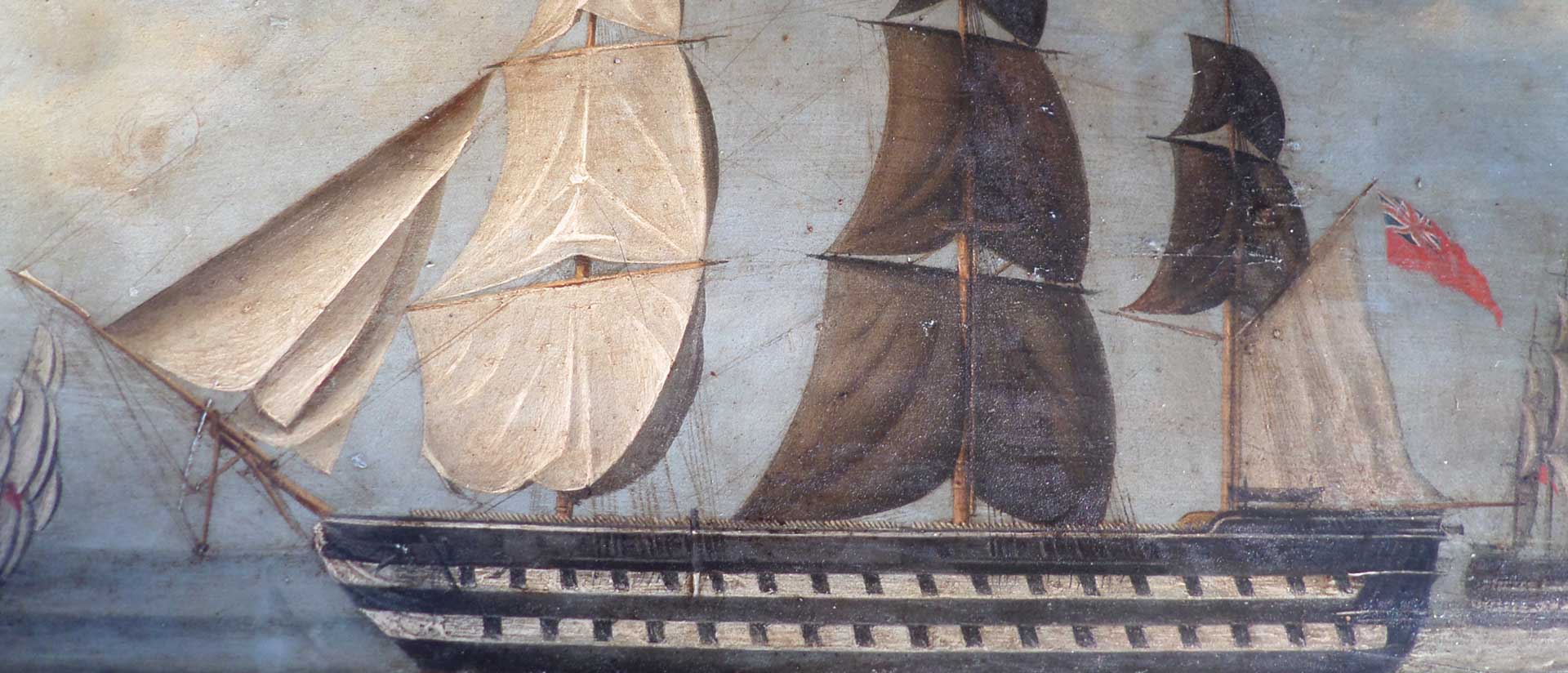
Extracting Liberation
By Yvette Christiansë
“Let Africans remain in Africa.” This was the advice of George L. Sulivan, a commander in the British Admiralty’s anti-slaving fleet, expressed in his 1873 memoir, Dhow Chasing in Zanzibar Waters and on the Eastern Coast of Africa: Narrative of Five Years’ Experience in the Suppression of the Slave Trade. Sulivan’s proposal anticipated what would become the norm of the twenty-first century, after the centuries of Africans being forcibly removed from their homes: Africans should not be permitted to leave the continent. The history of this reversal is inseparable from the process by which slavery was transformed—via indenture and apprenticeship—or maintained and concealed. To understand the “migrant” crisis today requires understanding that history.
The British Admiralty’s anti-slaving fleet policed the Atlantic and Indian Oceans as well as the Caribbean for almost a century, beginning in 1808. Created to enforce Britain’s 1807 slave trade ban, it operated alongside an American prevention fleet—active in the Caribbean between 1819 and 1861—and a Brazilian fleet that patrolled its coast between 1819 and 1822. The need for these patrols emerged from what became evident as soon as the laws and treaties with trading countries went into effect. From the beginning, the de jure intent of the law was in contest with the de facto reality that the demand for fresh slave labor remained unchecked. Attitudes toward British suppression efforts varied radically from colony to colony. Planters in labor-hungry colonies from the Caribbean, to Indian Ocean archepelagoes such as the Comoros, Mascarenes, and Seychelles were especially loathe to see their labor sources cut off. Their efforts at circumventing the law were met with new techniques for tracking and surveilling individuals. Nonetheless, the maritime patrols could claim to have reduced at least the Atlantic trade by the 1840s.
The British Admiralty’s anti-slaving fleet policed the Atlantic and Indian Oceans as well as the Caribbean for almost a century, beginning in 1808.
The story does not end there, however: the bulk of the trade simply shifted location. Indian Ocean trade remained active and, in fact, increased during this same period. Its scale was astonishing. Between May and June 1846 alone, Commander Hotham reported the landing of some 10,000 enslaved Mozambicans in Cuba.
These contradictions ran through every aspect of the battle to end the slave trade. Although there had been decrees and measures abolishing or limiting slavery in its various institutional forms around the world and across the centuries, the decisions by Britain and America gave abolitionists special cause for hope.
The rescued were called “Liberated Africans,” “Captured Negroes,” “Returnees,” or “emancipados.” With some exceptions, the majority were sent on to places deemed safe enough to prevent their recapture and sale into slavery: British colonies and other settlements in places such as Sierra Leone, on Africa’s Atlantic seaboard; St. Helena, in the South Atlantic; British colonies in the Caribbean, and the Seychelles, Mauritius, and Durban, in the Indian Ocean, Aden in the Gulf, and Mumbai in India. There, freed slaves were entered into stipulated apprenticeship for periods ranging between five to fourteen years or placed in model villages of converts to Christianity. In the Seychelles, Liberated Africans became the core of the present-day Seychelles nation—the Seychellois claim descent from over 2500 Liberated Africans who were landed at Port Victoria on Mahé Island between 1862 and 1874. But often there was little difference between slavery and these other forms of labor, in a condition that can only be described as deferred freedom. The poignant irony of this is attested to in the registers used to track the Liberated Africans, the last column of which listed “How disposed of.” Those documents, which form the centerpiece of my own research, bear witness to the continuing violence of slavery even after its abolition. They include the names and details of “recaptives,” many of whom did not survive their journeys into freedom. Some were infants as young as one month. Special missions were created just for the children. Nonetheless, the moral battle for imperial authority depended on what could be called a trade at the end of the slave trade. A new trade. “Free trade.”
The moral battle for imperial authority depended on what could be called a trade at the end of the slave trade. A new trade. “Free trade.”
The consequences of the 1807 and 1808 legislations required international treaties that increasingly recognized Britain’s maritime domination—treaties giving the anti-slaving captains the right to board ships flying under treaty-country flags. One consequence was an increasing inference that being a modern nation meant embracing a morality that recognized the inhumanity of slaving. Such was the sentiment of David Livingston, who claimed in a letter to the Earl of Clarendon in March 1856, “I am now proud that I belong to a country whose Government possessed the high moral courage to go on its efforts to benefit the slave, in spite of all the plausible sophistry brought to bear against it.” This high-minded language was grounded in a reformed humanism that had found its moral program, not to mention compensation, in Smithian economic rationalities. In November 1866, the Governor of Gambia went so far as to cite Adam Smith in a report on the Liberated Africans who, he wrote, “contain in themselves all the elements of a commercial people” and evidenced “parsimony,” Adam Smith’s quintessential characteristic for a nation’s achievement of real moral and economic wealth. Governor D’Arcy noted the Liberated Africans’ hard work and their capacity for trade, which he assumed would lead to the proper (exploitative) use of resources. Likewise, Livingston’s letter to the Earl of Clarendon opened with an acknowledgement that “the English Government is known to take a deeper interest than any other in developing the resources and promoting the civilization of Africa.” So, abolition was linked to the sense that Africans could be made the medium of a more direct extractivist relationship to Africa.
Policing the ocean for slave ships and then regulating the fate of those rescued also required new techniques of surveillance that made use of photography to supplement the descriptions in registers. Slavers used every means of obfuscation available—sailing under non-treaty flags, for example, and renaming slaves in their documents, or altering purchase records. They also manipulated the heterogeneous laws and policies on slavery that operated in nations that had not yet signed treaty agreements with Britain, or that enjoyed exemptions under their terms. Thus, captains of dhows that sailed to the East coast of Africa with the north-west monsoons relied upon Britain’s treaties with Zanzibar. In 1822, the Zanzibar-based Omani Sa’id ibn Sultan agreed to stop selling slaves to Christian countries and sanctioned British seizure of any dhows carrying slaves between Cape Delgado and the coast of India. He signed another treaty in 1845 that also prohibited slaving outside of Zanzibari-controlled areas. Yet, this also left “domestic” slavery untouched. Even after his son Sultan Bhargash signed a treaty ending all slave trade in 1873, dhows continued to carry Africans to the Gulf and elsewhere.
For every success, one British commander claimed, too many slavers escaped to count. On both sides of the continent, captains of an intercepted vessel used treaty exemptions. Where some treaties attempted to regulate the movement of slaves by requiring a “free pass” or passport for any African on board a ship in the Atlantic or Indian Ocean, slavers forged these. Operating in Zanzibari waters, traders made use of the Sa’id ibn Sultan treaties to collect slaves along the coast and sail north inside treaty waters until they could push out across the western Indian Ocean to make for Muscat, Sur, or other receiving ports. They used the same routes even after 1873. Ship design entered the contest. Where dhows were able to rely upon their shallow drafts to slip into estuaries that thwarted the deeper drafts of the naval vessels, slave traders from Europe and the Americas turned to builders for faster and better ships. When captured, rather than destroying these vessels, the British commandeered them to strengthen their fleet. Increasingly, the British navy in the Indian Ocean was forced to rely upon steam and this meant a further reliance upon coal that had to be sourced wherever possible, whether it had been mined by slaves or not. Coal purchased from the Sulu Sultanate and Mayotte in the Comoros, for example, was most likely mined by slaves. Mayotte had been taken by France in 1843 and became a dispersion point from which the labor-hungry French possessions of Réunion and Nossi-Bé were supplied by so-called engages, free laborers carried from today’s Mozambique and Tanzania.
This made for a long period of anxieties. How to tell from a distance in the Atlantic that a ship was conducting legitimate trade or was carrying slaves? How to tell off the Zanzibari coast if the many people laid upon pallets in a dhow were new slaves or slaves for the “domestic” trade? How to tell if the women on a dhow were indeed the wives of the crew and not newly captive? How to tell if everyone on board was a crew member and some were not newly captive slaves? Handbooks and manuals of discernment were distributed to assist admiralty-fleet captains to distinguish not only between likely slaving vessels but also between people who might or might not have a claim to freedom. Here, a whole technology of racial typology arose.
How to tell off the Zanzibari coast if the many people laid upon pallets in a dhow were new slaves or slaves for the “domestic” trade? How to tell if the women on a dhow were indeed the wives of the crew and not newly captive?
Ironically, the biggest challenges came from the successful interceptions. That the British had to institute checks and balances on how the Liberated Africans were treated once landed made it immediately clear that the idea of a “safe” place was a fiction. In truth, Liberated Africans were often spirited away or “disappeared” within local networks or between one colony and another in the Indian Ocean archipelagoes. They could also be kept in forms of obligated labor that could extend well beyond the stipulated period of an apprenticeship—on the basis of debt, unsatisfactory performance or a host of “violations” of the ostensible contracts of employment. For these reasons, some critics decried the apprenticeship system as nothing more than the defraying of the cost of liberation. For supporters, the system had many goals, and these were ambiguous. Although they were required to pay a wage, the masters and mistresses to whom the apprentices were assigned actually benefitted from a new supply of much needed labor, at a relatively low cost. And even abolitionists perceived the apprenticeship system as a way to forestall idleness and dissolution, based on the widely shared presumption that these were characteristics of “African blackness.” Commander Sulivan saw what this complaint was really about: it justified the apprenticeship system—which he saw as little more than slavery. Liberated Africans were delivered by the letter of the law, but into places where the law and its enforcers had not changed their attitudes towards Africans.
Much of what Sulivan wrote in his memoir had been articulated in his letters to the Admiralty and appearances before various Royal and other Commissions. His commitment to the suppression is evident. Yet, racially, while his descriptions of Liberated Africans are mixed with concern and outrage, his accounts of African cultural practices are derogatory, as are the wholesale stereotyping pronouncements upon Arabic-speaking traders. Emerging from these contradictions, Sulivan and others of his ilk became increasingly concerned with the plight of the individuals who had been abducted or dislocated in tandem with the question of the national or, rather continental wealth that was being compromised by slavery’s destruction of local “populations.”
“What country in the world could stand such a constant drain on its population,” he asked. He addressed this question quite precisely in the idiom of Adam Smith’s Wealth of Nations, which had given to laissez-faire economics its moral program. Slipping between a generalized “Africa” and reference to an unspecified “country,” Sulivan reasoned that the drain of its population disabled a country. It disrupted trade and rendered Africa, “that great continent agriculturally barren.” Moreover, the effect would not be contained within Africa. It would be “felt throughout the world, perhaps for centuries.” How much better would it be to “benefit . . . all other nations of the world” if Africans were left where they were to make available the “immense wealth of Africa which now lies buried and dormant.” This was a profound change in the conception of Africa by European imperialists. No longer was it just a source; it became a resource. Not just a place from which to extract, but a site of extractivism.
Complaints about the cost of the anti-slaving work were made regularly in both houses of the British Parliament, but the entire project of liberating Africans produced profits in unexpected ways. On St. Helena, in the south Atlantic, the Liberated Africans needed clothes and blankets, provided by British mills. And, inadvertently, the efforts to keep track of Liberated Africans strengthened ties between colonies and contributed to local and metropolitan economies. In 1827, for example, the Registrar of Slaves on Mauritius wrote urgently of the shortage of paper for creating registers and asked for paper from the Cape Colony. The Cape, in turn, purchased paper from England. There was even economic benefit for photographers who provided passport-sized photographs of Liberated Africans for identification purposes, a practice that extended to identifying indentured Indian workers on Mauritius. And the crews of the prevention fleet received prize monies for each successful capture.
Inadvertently, the efforts to keep track of Liberated Africans strengthened ties between colonies and contributed to local and metropolitan economies.
For all their altruism, the remarks by Governor D’Arcy and Sulivan about the potential of African labor in realizing Africa’s wealth remain within the same extractionist logic that underpinned slavery. It was the attendant logic that perceived Africa as borderless in comparison to the protected borders of other countries, especially those in Europe—the borders whose rights were to be respected in the “away” of Europe’s colonial interests in Africa and secured through the gentlemen’s agreements of the Berlin Conference of 1884-1885. The graveyards of the Mediterranean today are testimony to this awful continuity, concealed in the narrative of slavery’s end.
Yvette Christiansë is a professor of Africana studies and English at Barnard College and was a participant in the January 2019 Mellon Workshop, “Double Exposures.”
Image: “The Squadron of the Red on Manoeuvres,” (no date or artist named), oil on board. HMS London, acted as an anti-slavery ship in Zanzibar. Source: Wikicommons.


